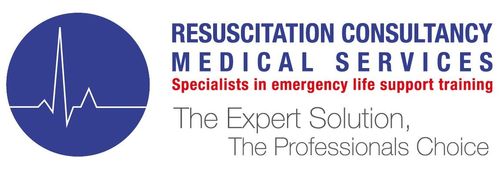Medical emergencies can happen in dental practices, and it is essential that dental professionals are prepared to manage them effectively.
- Develop an Emergency Plan
Every dental practice should have an emergency plan in place that outlines the steps to take in the event of a medical emergency. The plan should include contact information for emergency services, as well as a list of staff members’ roles and responsibilities. The practice should also have emergency equipment readily available, such as an automated external defibrillator (AED), oxygen tank, and emergency medications.
- Train Staff on Emergency Protocols
All staff members should be trained on the emergency plan and protocols. This training should include instruction on how to recognise the signs of a medical emergency, how to contact emergency services, and how to perform basic life support (BLS) procedures such as cardiopulmonary resuscitation (CPR). Training should be ongoing and regularly updated to ensure that all staff members are prepared to respond appropriately in an emergency situation.
- Maintain Emergency Equipment
Emergency equipment should be regularly maintained and checked to ensure that it is in good working condition. This includes checking the expiration dates on medications and ensuring that the AED and oxygen tank are fully charged and ready for use.
- Obtain Patient Medical Histories
Dental professionals should obtain a comprehensive medical history for each patient, including any pre-existing medical conditions, allergies, and medications. This information can help identify potential medical emergencies and allow dental professionals to take appropriate precautions.
- Monitor Patients During Procedures
Dental professionals should monitor patients closely during procedures for any signs of distress. This includes monitoring vital signs such as blood pressure and pulse rate and being aware of signs of an allergic reaction or other medical emergency.
- Document Incidents
In the event of a medical emergency, dental professionals should document the incident thoroughly, including the time, date, and steps taken to manage the emergency. This information can be used for quality assurance purposes and can help improve emergency protocols for the future.
Dental practices should take steps to prepare for medical emergencies and have an emergency plan in place that includes staff training, emergency equipment maintenance, patient medical history documentation, patient monitoring during procedures, and documentation of incidents. By taking these steps, dental practices can ensure that they are ready to handle medical emergencies effectively and protect the health and safety of their patients.
